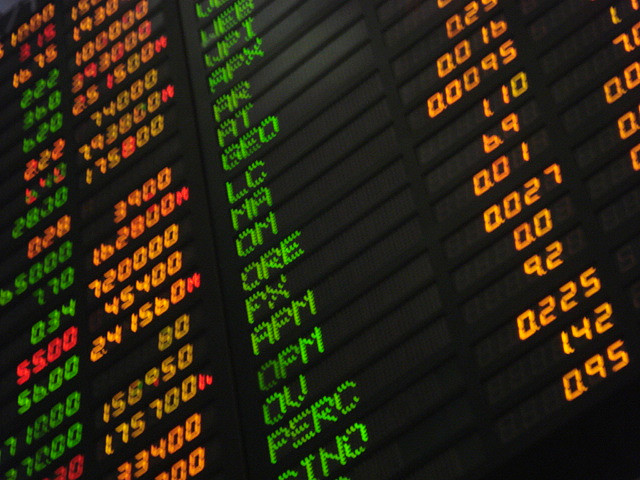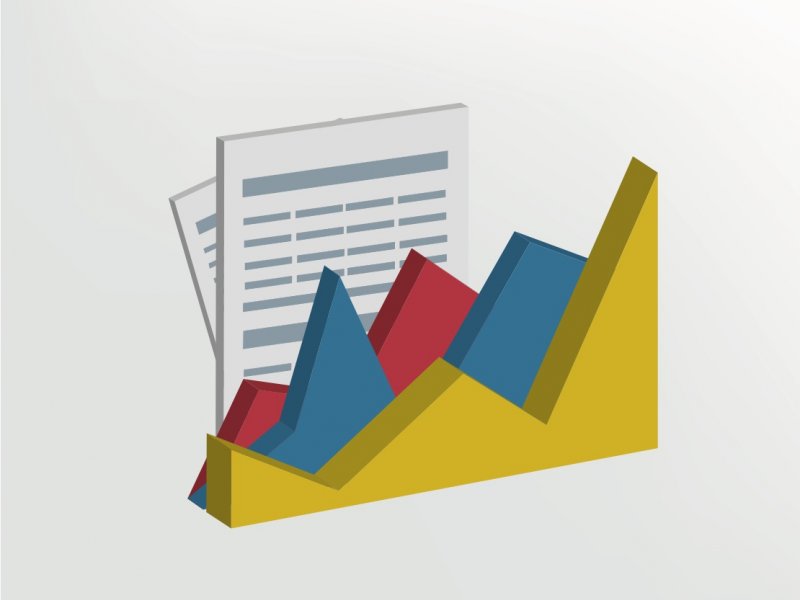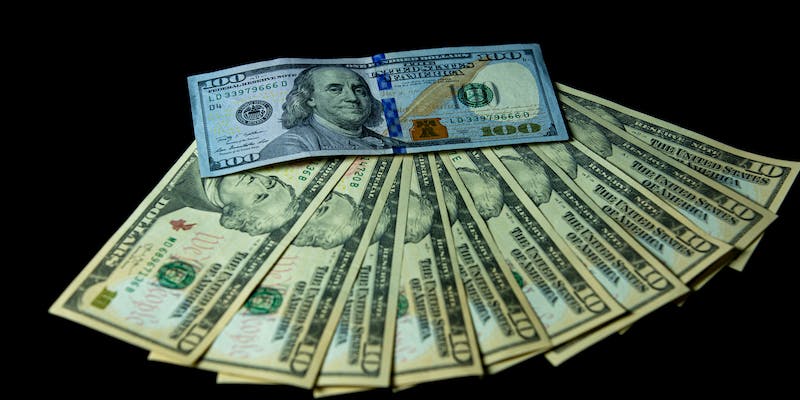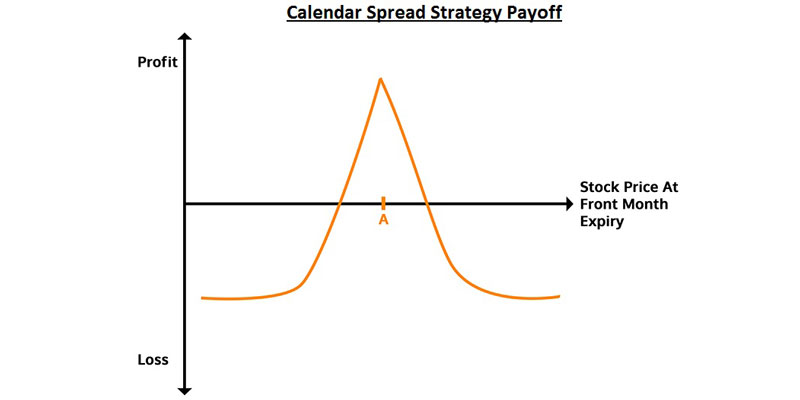A financial contract whose value is determined by reference to an underlying asset is known as a derivative. These contracts may be purchased and sold, resulting in a profit or loss for the investor, even if the investor does not need to own the real asset they rely on.
As an illustration, mortgage-backed security, often known as an MBS, is an example of a derivative. Its payment stream is derived from the mortgage payments that borrowers make on their mortgages. Investors who acquire mortgage-backed securities are entitled to get these amounts as a return on their investment without having to deal directly with the underlying mortgages.
The Role of Derivatives in the Financial Crisis
This resulted from the Federal Reserve's decision to increase the fed funds rate between 2004 and 2006 gradually. A significant number of borrowers had only interest loans, which are one kind of adjustable rate mortgage. In contrast to the case with a traditional loan, interest rates will increase in tandem with the fed funds rate. These homeowners discovered they could no longer make the mortgage payments once the Federal Reserve began boosting interest rates.
This took place simultaneously as interest rates were recalculated, occurring every three years on average. As a result of rising interest rates, there was less demand for property, which led to a decline in house prices. These homeowners realized they could not sell the property or make the payments on their mortgage, so they defaulted.
The essential point is that certain components of the MBS were useless, but nobody could determine which components they were. Because no one understood what was included in the MBS, no one was aware of the genuine value the MBS had. Because of the unpredictability of the situation, the secondary market was closed. Banks and hedge funds had large quantities of derivatives, the value of which was falling while, at the same time, they could not sell them. Soon after that, the banks completely severed their relationship of lending to one another.

They were concerned that they might be given collateral for further failing derivatives. When this occurred, they began saving money to cover the costs of their regular business activities. That was the impetus behind the measure to bail out the banks. Its initial purpose was to remove these derivatives from financial institutions' records so they could resume lending.
The capital that underlying derivatives come from a wide variety of sources outside only mortgages. Additionally, this is true for other kinds of loans and assets. For instance, if the value underlies the derivative is corporate debt, credit card debt, or vehicle loan debt, the derivative is referred to as collateralized debt obligations. Commercial paper backed by assets with a maturity date within a year is an example of a collateralized debt obligation. If the derivative is used as debt insurance, it is referred to as a credit default swap.
The Process Behind Derivatives
The vast majority of derivatives begin with an actual underlying asset. Using mortgage-backed securities as an example, let's look at how they operate.

- A homebuyer may get a loan from a bank.
- After that, the mortgage is sold to Fannie Mae by the bank. This frees up more capital for the bank to use in the form of new loans.
- On the secondary market, Fannie Mae will resell the mortgage as part of a bundle of other mortgages. This is a security that is backed by mortgages. The value of the mortgages included in the bundle is where its worth comes from.
- A hedge fund or investment bank may be responsible for separating the MBS into its parts. For example, the second and third years of an interest-only loan pose a greater threat to the borrower since they are farther in the future. There is a greater possibility that the homeowner may fail on their mortgage. On the other hand, it results in greater interest payment. The bank relies on very advanced computer systems to decipher this complicated information. After that, it mixes it with other MBS that have risk levels comparable to its own, and then it resells only that fraction, referred to as a tranche, to other hedge funds.
- Everything runs swimmingly until the values of homes begin to fall or interest rates undergo a reset, at which point defaults on mortgages begin to occur.




